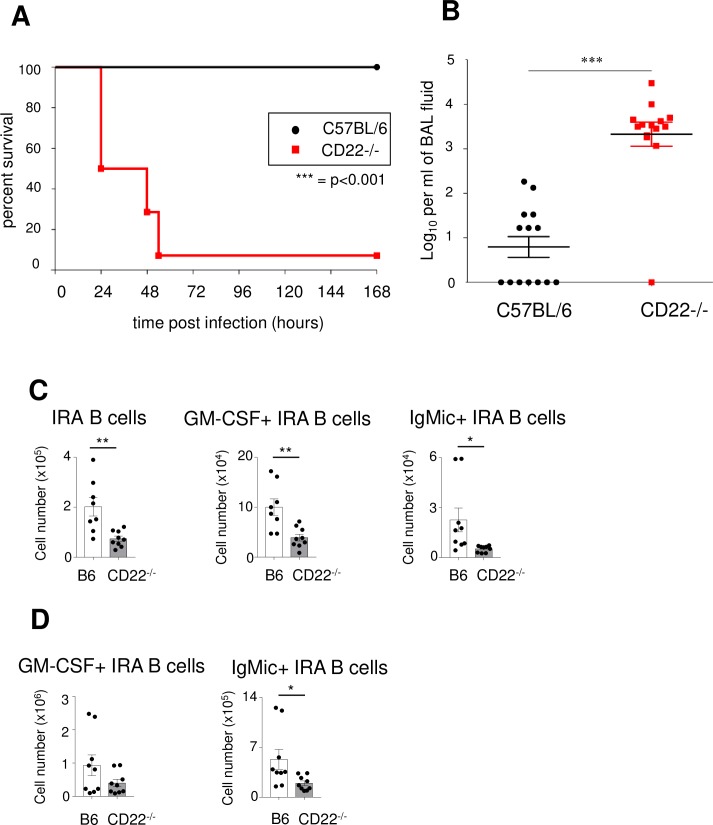Fig 8. CD22-deficient mice show a high susceptibility to E. coli intranasal infection and have a lower number of GM-CSF producing IRA B cells in the lungs.
Mice were infected with E. coli intranasally (A, B) or intratracheally (C-D). (A) Survival of intranasally infected mice was monitored for 7 days post-infection. (B) Number of bacteria per ml of BAL fluid at time of death. (C-D) 72 hours after E. coli infection, IRA B cells were identified in (C) lung and (D) spleen, similarly as shown in Fig 7A. Within this IRA B cell population, GM-CSF+ and intracellular IgM+ (IgMic+) B cells were quantified in the lung (C) and in the spleen (D). For C) and D) total cell numbers were calculated as percentage of total leukocyte numbers. * = p<0.05, ** = p<0.01, *** = p<0.001. One representative of two experiments is shown.

